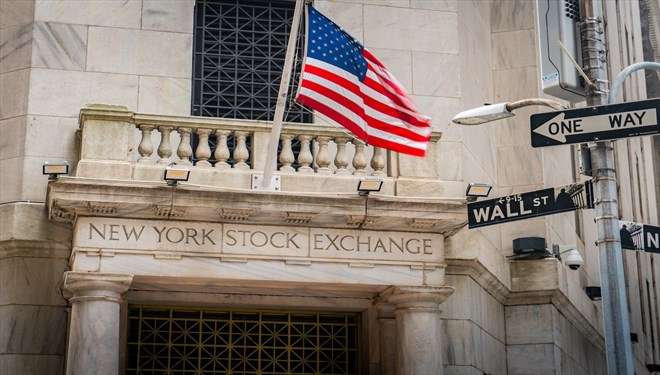Financial markets have been unsettled by Donald Trump’s fluctuating tariff announcements impacting various countries. Investment advisor Christopher Dembik from Pictet AM argues these measures serve more as negotiation tactics than genuine trade solutions. While concerns over the U.S. trade deficit persist, especially regarding Europe and Vietnam, Dembik remains optimistic about ongoing negotiations. He highlights potential growth in liquefied natural gas exports and notes that the American economy shows resilience, unlike the more precarious situation in Europe amid rising interest rate differentials.
Understanding Trump’s Tariff Announcements
For almost a month now, financial markets have been navigating the turbulent waters of Donald Trump’s tariff declarations affecting countries like Colombia, Mexico, Canada, China, and Europe. With tariffs fluctuating between 5%, 10%, and 20%, these statements have certainly been dramatic, yet they have not resulted in significant immediate consequences. Instead, they have fostered an atmosphere of uncertainty reminiscent of a potential trade war.
Experts Weigh In: A Reassuring Perspective
Christopher Dembik, an investment advisor at Pictet AM, provides a calming viewpoint amidst the chaos. During a press briefing on February 10, he asserted that the title of his presentation, ‘Much Ado About Nothing,’ reflects a provocative yet grounded reality. Dembik suggests that Trump’s protective stance is more limited than it appears.
Pictet AM posits that the president primarily employs this approach as a negotiation tactic, with his focus on reducing the U.S. trade deficit acting as a mere pretext. Dembik points out that if Trump genuinely aimed to address trade issues, his attention would shift towards Asia, especially Vietnam, which has substantial exports to the U.S. and is notably absent from the current tariff measures.
Despite Vietnam being flagged for currency manipulation in a U.S. Treasury report, its exports account for 24% of its GDP, highlighting a complex dynamic. Dembik emphasizes that while Trump appears concerned about the trade deficit, his true goal is to secure concessions from trade partners.
Before taking office, Trump made it clear that he expected the $214 billion deficit with the European Union to be addressed through increased U.S. hydrocarbon purchases. However, Pictet AM notes that the situation is intricate; even with announced investments, American port infrastructure will take two to three years to accommodate higher hydrocarbon exports. Furthermore, Europe already imports 90% of its fuel from the U.S., which constrains growth potential, and European refineries are not optimally equipped for American light crude.
On a more positive note, there is significant potential for increasing liquefied natural gas exports, which could see European imports rise from 50% to 75%. Pictet AM warns that a full-blown trade war, accompanied by 20% tariffs in Europe, could impact the Eurozone’s GDP by approximately 0.8%. However, Dembik reassures that this scenario is not their primary forecast, as he anticipates ongoing negotiations in the near future.
Encouragingly, Pictet AM observes a willingness from both Beijing and Washington to prevent escalation. So far, China’s response to the 10% tariffs has been restrained, with the government initiating an investigation against Google, which has not been operational in China since 2010. In response to tariffs, China could potentially relocate some production to Southeast Asia, particularly Vietnam, to maintain access to the U.S. market. While the trade war is a genuine concern, Pictet AM suggests that comparisons to the trade conflicts of the 1930s may be exaggerated.
Christopher Dembik has reiterated the resilience of the American economy, notwithstanding a slight decline in the labor market. Over the last two years, the average duration of unemployment in the U.S. has risen from 19 to 24 weeks. Although this trend warrants monitoring, Dembik assures that it is not cause for alarm at present.
Conversely, the European economic outlook is less optimistic. Despite a strong start to the year for European stocks, particularly in small and medium-sized enterprises, Pictet AM refers to these movements as ‘tactical flows’ of short duration. Dembik also highlights the significant downward pressure on the euro due to the interest rate differential between the U.S. and Europe.
Pictet AM forecasts that Federal Reserve rates will reach 4.25% with only one additional cut, while the European Central Bank’s rates are projected to stabilize at 1.85%, regarded as neutral. Although further rate cuts in Europe are expected, the yield differential could divert substantial capital flows towards the U.S. Dembik concludes that aside from valuation considerations, there are limited reasons for long-term optimism in Europe. Should the trade war negatively impact the economy, the repercussions would likely be more severe in Europe than in the United States.
